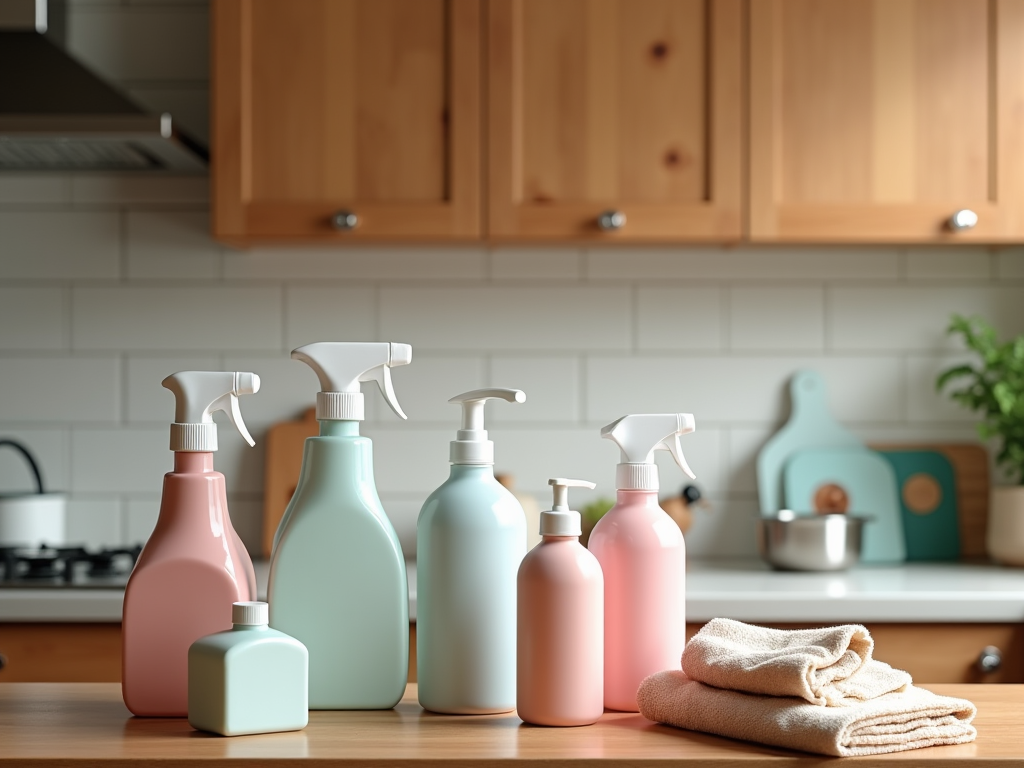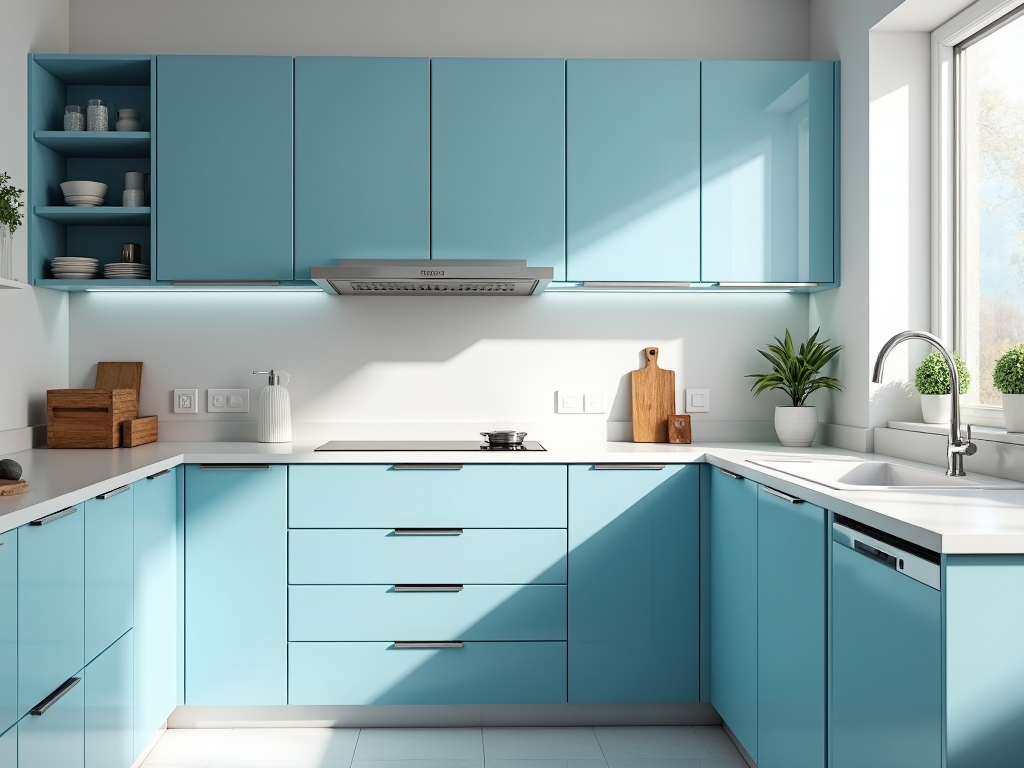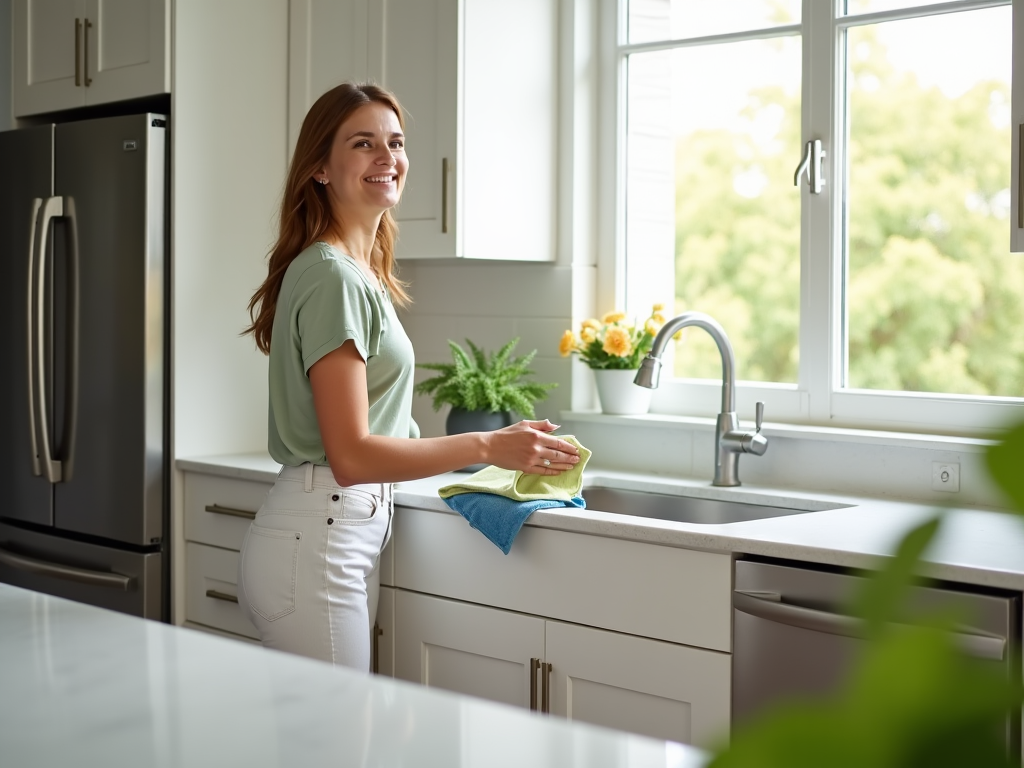How to Clean Kitchen Cabinets So the Entire Room Shines
Kitchen cabinets are often the unsung heroes of our homes, bravely storing everything from herbs and spices to dishes and glasses. Yet, they can accumulate grime and grease faster than any other kitchen surface. So, how can you clean kitchen cabinets to let their natural beauty shine, uplifting the entire room? With the right techniques and a bit of elbow grease, your kitchen cabinets will not only look pristine, but they’ll also enhance the overall feel of your kitchen space. Let’s dive into the step-by-step process of transforming your kitchen cabinets from drab to dazzling.
Understanding Your Cabinet Material

Before you embark on your kitchen cabinet cleaning journey, the first step is to identify the material of your cabinets. Cabinets can be made of a variety of materials such as wood, laminate, stainless steel, or painted surfaces, and each material requires a different cleaning method. Understanding the material is crucial because using the wrong cleaning product can cause damage. For instance, wood cabinets require a gentler cleaner that won’t strip away the finish, whereas stainless steel may need a cleaner that reduces streaks and fingerprints.
- Wood Cabinets: Opt for a mild detergent mixed with water or a designated wood cleaner.
- Laminate: A gentle all-purpose cleaner or diluted vinegar can do wonders.
- Stainless Steel: Use a stainless steel-specific cleaner to avoid streaks.
- Painted Cabinets: Go for a mild cleaning solution that won’t chip the paint.
Identifying your cabinet material is essential in selecting the right cleaning supplies and ensuring the longevity of your kitchen cabinets.
Gather Your Cleaning Supplies

After identifying your cabinet material, it’s time to gather the necessary cleaning supplies that will help in achieving that sparkling finish. The right tools ensure that the job gets done efficiently without causing any damage to your cabinets. Here’s a list of must-have items for your cabinet cleaning mission:
- Microfiber cloths: Soft and absorbent, these are perfect for gentle cleaning.
- Non-abrasive sponge: Key for scrubbing away stubborn grime without scratching surfaces.
- Mild detergent or cabinet cleaner: Formulated to remove dirt while protecting surfaces.
- Vinegar and water solution: An excellent alternative for mild cleaning and deodorizing.
- Baking soda paste: A go-to for tackling tough stains and spots.
- Old toothbrush or soft brush: Ideal for reaching tight corners and crevices.
Once you’ve assembled your cleaning arsenal, you’re ready to tackle the job without interruptions searching for supplies.
Now that you are well-prepared, it’s time to follow a systematic cleaning routine. Cleaning kitchen cabinets effectively involves several steps that guarantee every nook and cranny is spotless. Here’s a guided cleaning process to follow:
1. Empty the Cabinets: Begin by removing all items to give you full access to surfaces that need cleaning. Check for expired items before placing them back.
2. Dust and Vacuum: Dust off both the interior and exterior surfaces. A vacuum with a brush attachment can effectively suck up dust from shelves and door fronts.
3. Clean Inside and Out: Using the appropriate cleaner for your cabinet material, wipe down shelves, interiors, and exteriors. Pay attention to corners and undersides where grime often builds up.
4. Tackle Stubborn Spots: For persistent stains or sticky residues, a baking soda paste (made by mixing baking soda with water) can be applied, letting it sit before scrubbing gently with a non-abrasive sponge.
5. Rinse and Dry Thoroughly: Employ a clean water wipe-down followed by drying with a microfiber cloth to prevent streaking and water spots.
Stick to these steps, and you’ll soon enjoy spotless cabinets that uplift the entire kitchen environment.
Polishing and Finishing Touches
The cleaning journey doesn’t end with removing grime; to make your kitchen cabinets truly shine, consider adding some polished finishing touches. Polishing not only enhances the visual appeal but also provides a protective layer against future dirt buildup. Here’s how you can achieve this:
- Wood Polish: Applying a biodegradable wood polish will restore natural shine to wooden cabinets, protecting them against moisture.
- Glass Cleaner: If your cabinets have glass elements, a glass cleaner will give clarity without streaks.
- Furniture Wax: Occasionally used on vintage or older wooden cabinets for additional protection.
A well-polished cabinet not only has a glossy finish but also repels dust and grease, maintaining a cleaner look for longer.
Conclusion
Cleaning kitchen cabinets may seem tedious at first, but with the right approach, it’s straightforward and even satisfying. By understanding your cabinet material, gathering the right supplies, following a methodical cleaning process, and applying finishing touches, you can ensure that your cabinets not only shine but also sustain less wear over time. A clean, polished kitchen is inviting and promotes a healthier cooking environment, making every minute spent on cleaning worthwhile.
Frequently Asked Questions
Q1: How often should I clean my kitchen cabinets?
A: It’s good practice to wipe down kitchen cabinets weekly, with a more thorough cleaning planned every three months to prevent buildup of grease and grime
Q2: Can I use vinegar on all types of kitchen cabinets?
A: While vinegar is effective for many surfaces, it’s best to avoid using it on wood or delicate painted finishes as the acidity can deteriorate the surface over time.
Q3: What is the best way to prevent grease build-up on kitchen cabinets?
A: Regular cleaning, proper ventilation while cooking, and using cabinet doors with a sealant can significantly reduce grease accumulation.
Q4: Should I polish my cabinets after cleaning?
A: Polishing is recommended for wood and certain finished materials as it adds shine and protection, but it may not be necessary for laminate or stainless steel.
Q5: Can baking soda damage my cabinets?
A: Baking soda is generally safe when used in a paste. However, you should test it on a small area first to ensure it doesn’t affect your cabinet’s finish.
